Wellness: thinking beyond the hype
‘Wellness’ is one of those buzzwords that people and brands love to chuck around. It can conjure up cliches of spas, smug looking people on Instagram, horrendous tasting smoothies and ‘unusually’ scented candles (have a look on the Goop website if you don’t know what I mean).
The reality however, is that wellness is big business. Up to 5.3% of global output by some estimates. Wellness also isn’t weird and wonderful, it’s totally normal and everyday. If we forget the big ‘W’ word itself, move past the latest trends and the strip away the BS, it’s just about people wanting to be a bit healthier and feel good each day. This is something that lots of brands can help with, without being worthy or weird.
Data from YouGov shows that over two thirds of us want to exercise more and almost as many feel they don’t do as much for their health as they should. Interestingly, more than half of people say they are open minded about alternative medicine.
We are living though a peak in demand for ‘wellness’. Around 50% of people report putting on weight during lockdown and have missed important health appointments. The stress in our lives is increasing. 700,000 people have lost their jobs since the start of the pandemic, one of the most stressful events a person can go through. Lots of those people lucky enough to have jobs have been working from home which means they are twice as likely as someone working outside of the home to put in more than 48 hours a week. More stress.
Even as we cautiously move away from lockdown, people’s health will continue to be under pressure. Post-lockdown anxiety is being widely discussed and 25% of people feel the restrictions are being relaxed too quickly.
How can brands help answer people’s everyday need for better health, without falling into the stereotype trap or alienating people who think ‘wellness’ is not for them?
Normalisation of health boosting behaviour is a great place to start. After all, social proof is a very powerful influence on everyone. If we think other people like us are doing something then we are much more likely to join in. The meditation app Headspace was very smart in offering free access to unemployed people in 2020. Not only is it genuinely helpful for people dealing with the stress of job loss, it sends the message that meditation is for ‘normal’ people. Many brands of everyday food and drink have health boosting versions of their products. People curious about green tea may be much more likely to buy Tetley’s ‘Super Green Tea’ rather than a specialist alternative brand that references yoga.
Another strong approach is to be the champion of a point of view, or a group of people, not included by typical wellness culture or marketing. Dove’s long running ‘campaign for real beauty’ being probably the most famous example. A more recently example is Gennev. This brand provides, ‘telemedicine, community education and products’ to help women experiencing negative effects of the menopause. According to Gennev, 94% of women don’t get the support they want during the menopause. This gives the brand a huge potential audience whose needs are seriously underrepresented.
It’s not just ‘wellness’ brands who can tap into people’s desire to feel better and deliver a positive impact on brand perception and sales. Instead, treading the well-worn route of comfort, Ikea’s 2020 bedding campaign celebrated the health benefits of a good night’s sleep. Print executions playfully positioned sleep, and the retailer’s bedding, as a simple alternative to anti-aging cream, diet supplements and energy drinks. ITV’s ‘Britain Get Talking’ is a large-scale mental health campaign from what is essentially an entertainment brand.
Everyone has a desire for ‘wellness’, it’s just about wanting to feel good every day. Therefore, many brands can help people address these physical, mental and social needs. Providing the help offered meets a genuine need and is delivered in a way that is true to your brand, then your audience are likely to welcome it.
About the author:
Ed Steele is a Senior Strategist at CreativeRace. Alongside developing client strategy, his broad experience across 13+ years in marketing includes brand management, retail marketing and insight & effectiveness roles. Ed has worked on brands including Asda, Co op, Greggs, Anchor and Cravendale.

























